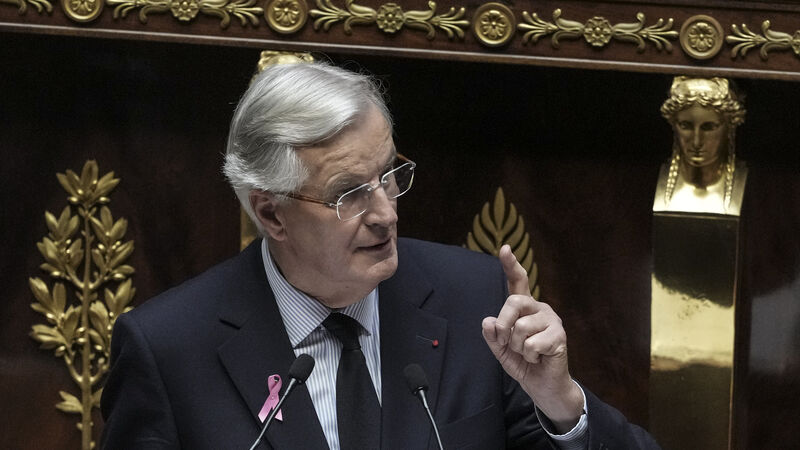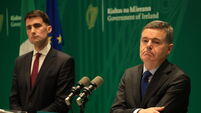David McNamara: European economies face fiscal constraints as monetary policy loosens

French prime minister Michel Barnier’s draft budget includes €60bn in cuts.
While much speculation surrounds the contents of British chancellor Rachel Reeves' first budget on October 30, the budget presented by the new French government highlights the fiscal constraints facing some of Europe’s largest economies.
Prime minister Michel Barnier’s draft 2025 budget includes significant cuts worth over €60bn, or 2% of GDP, weighted two-thirds towards spending cuts and one-third in tax increases. The measures include tax hikes on corporations and high earners, alongside reductions in welfare spending.
However, total spending is still expected to rise next year, highlighting the fiscal challenge facing the Government.
France’s budget deficit, expected at 6% of GDP by end-2024, is among the largest in the eurozone, with the budget expected to trim this to 5% by the end of 2025, supported by modest growth in GDP.
With the budget set to be scrutinised by the French parliament in the coming weeks, the minority government faces a political tightrope to pass the measures.
France’s creeping borrowing costs may focus the minds of politicians, with the yield on the benchmark 10-year moving above 3% in recent days and the spread to the German bund remaining close to the peak level reached in the aftermath of the surprise summer election.
Elsewhere, British media reports suggest the chancellor is contemplating several tax increases, with a hike in capital gains tax chief among the changes being considered. Ms Reeves has pledged to boost infrastructure, but she may also need to find current expenditure savings elsewhere to fund it. She is also likely to loosen her fiscal rules inherited from the last government to enable the infrastructure boost.
This is expected to include a change in the national debt rule which either excludes Bank of England liabilities or takes account of government assets. Either way, the chancellor will need to demonstrate fiscal prudence by planning to close the current budget deficit and have her new debt metric declining by the end of the current parliament.
Thus, despite only modest growth for both the British and French economies since the pandemic, it appears fiscal policy is unlikely to meaningfully support activity in the near term.
Turning to the week ahead, the spotlight will be on the ECB meeting. So far, the ECB has cut twice in this cycle, in June and September. These moves coincided with the release of its updated macro-forecasts, which the ECB argues are an important input in its decision-making process.
Since the last meeting, macro data have been weaker than anticipated. Meanwhile, headline inflation has fallen sharply to 1.8%, but this decline was widely expected and telegraphed by ECB president Christine Lagarde beforehand, who emphasised the ECB was not “data-point dependent”.
Furthermore, the account of the September meeting illustrates the ECB’s preference for a gradual approach to rate cuts. However, recent remarks from a number of ECB policymakers have opened the door to a rate cut this week.
Against this backdrop, market rate expectations have softened significantly, with futures contracts now pricing in consecutive 25bps rate cut this week, and in December. However, the decision may be a much closer call than markets expect, given the conservative nature of the ECB.
- David McNamara is chief economist at AIB










